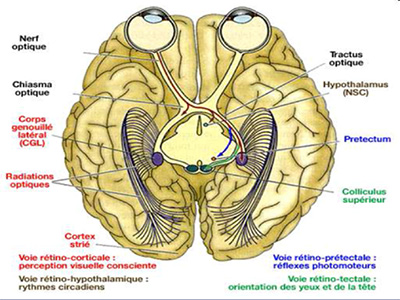Low-energy light bulbs, TV and computer screens, game consoles and smartphones play havoc with your biological clock.
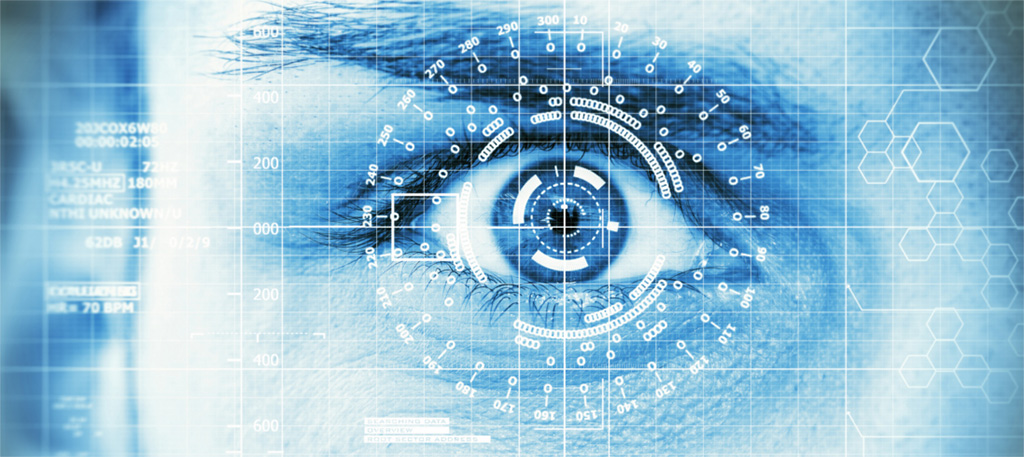
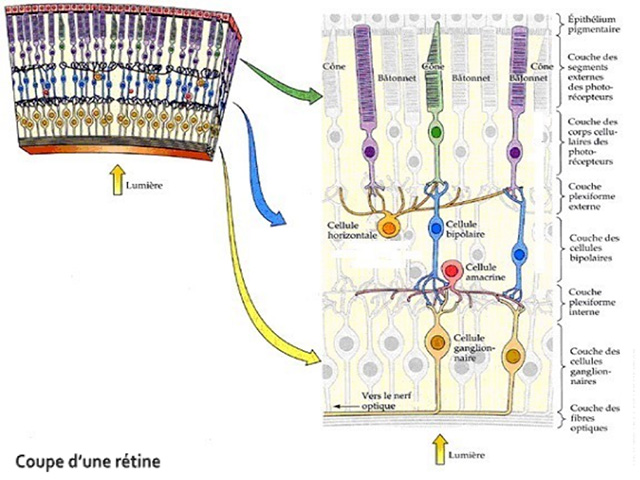 To most people the purpose of their eyes is vision. However fewer are aware of the eye’s non-visual functions, especially that of controlling the production of melatonin — the sleep hormone.
To most people the purpose of their eyes is vision. However fewer are aware of the eye’s non-visual functions, especially that of controlling the production of melatonin — the sleep hormone.
It was long thought that the eyes of humans and other mammals had only two types of photoreceptors: cones and rods. However research over the last decade has revealed a third type of photoreceptor, quite distinct from rods and cones.
Photoreceptors of the third type
This type of photoreceptor uses a different photopigment called melanopsin, which is less sensitive to light.
Known as “intrinsically photosensitive retinal ganglion cells” (or ipRGCs), these cells, numbering about 3,000, are a subset of ganglion cells. What is surprising is that the only function of these photoreceptors is to communicate directly with the brain. They have no visual function.
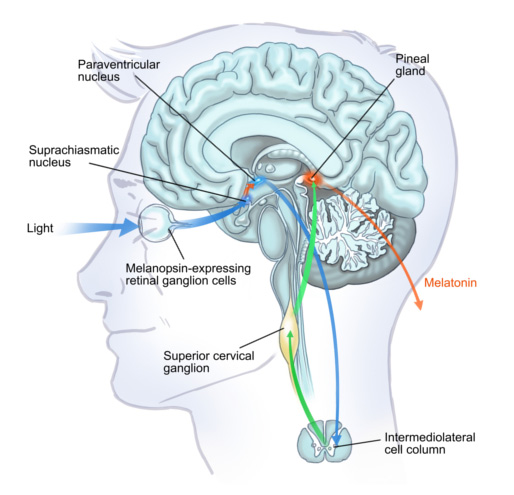 Blue light disturbance
Blue light disturbance
These photosensitive cells thus regulate functions other than sight, in particular:
- the synchronization of the biological clock (circadian rhythm) with light,
- alertness, reactivity and mood,
- learning capacity and thought process.
Shortwave blue light stimulating the ipRGC cells in the retina express the pigment melanopsin, which acts through the retinohypothalamic tract to suppress the secretion of melatonin (the sleep hormone) by the pineal gland. This interferes with the ability to fall and stay asleep.
The circadian rhythm
The behavior of humans and other terrestrial animals follow diurnal cycles of light and dark. These cyclical changes in behavior are called circadian rhythms. Circadian rhythms .
Circadian rhythms are biochemical, physiological and behavioral cycles over a period of around 24 hours, governed by a biological clock which is regulated by the frequency of day and night, as perceived by the specialized photoreceptors in the retina.
Biological clock and the circadian rhythm
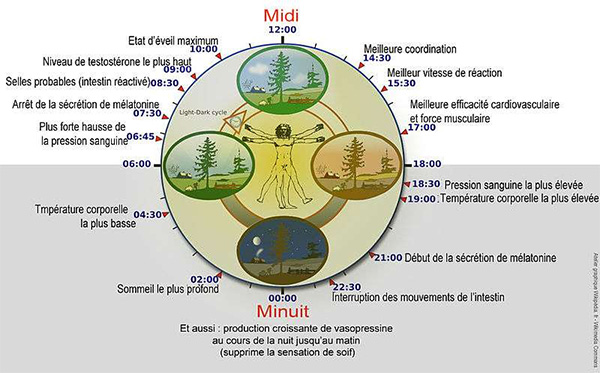
The effect of different wavelengths of light on the secretion of melatonin
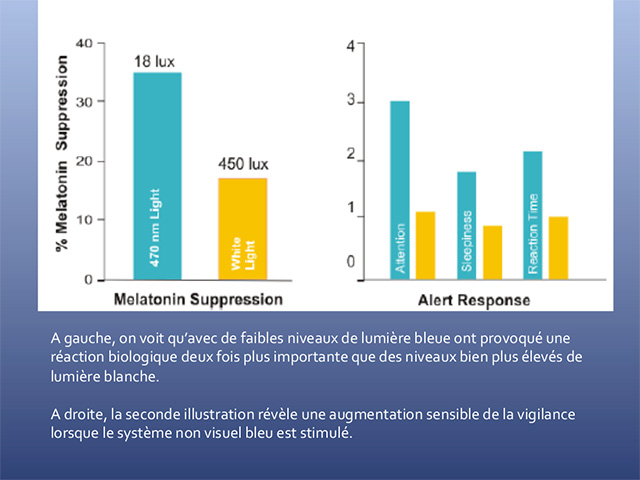
Despite its low light of 18 lux, a low-energy bulb provokes twice the biological reaction than the far brighter (450 lux) light from an incandescent bulb.
Effects of melatonin
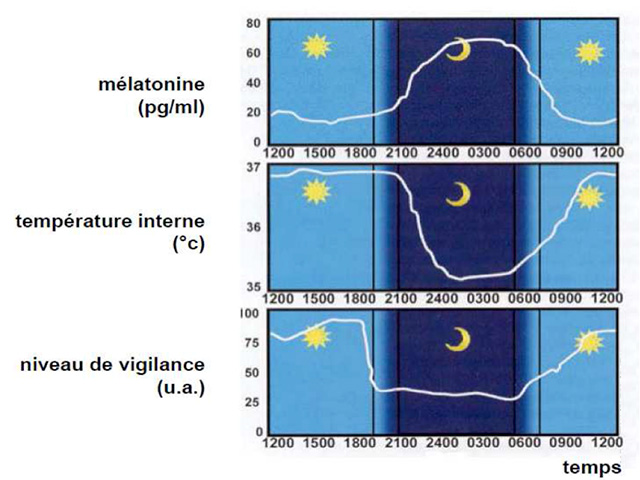
Blue light… or coffee
Melatonin also lowers your body temperature during the night, which means you are less alert. It also has an effect on attentiveness, learning and remembering.
Conversely, experiments in France and Sweden on the effects of blue light from car dashboards while driving at night indicate that it’s as good as coffee for keeping the driver alert. Which is why it also interferes with sleep.


